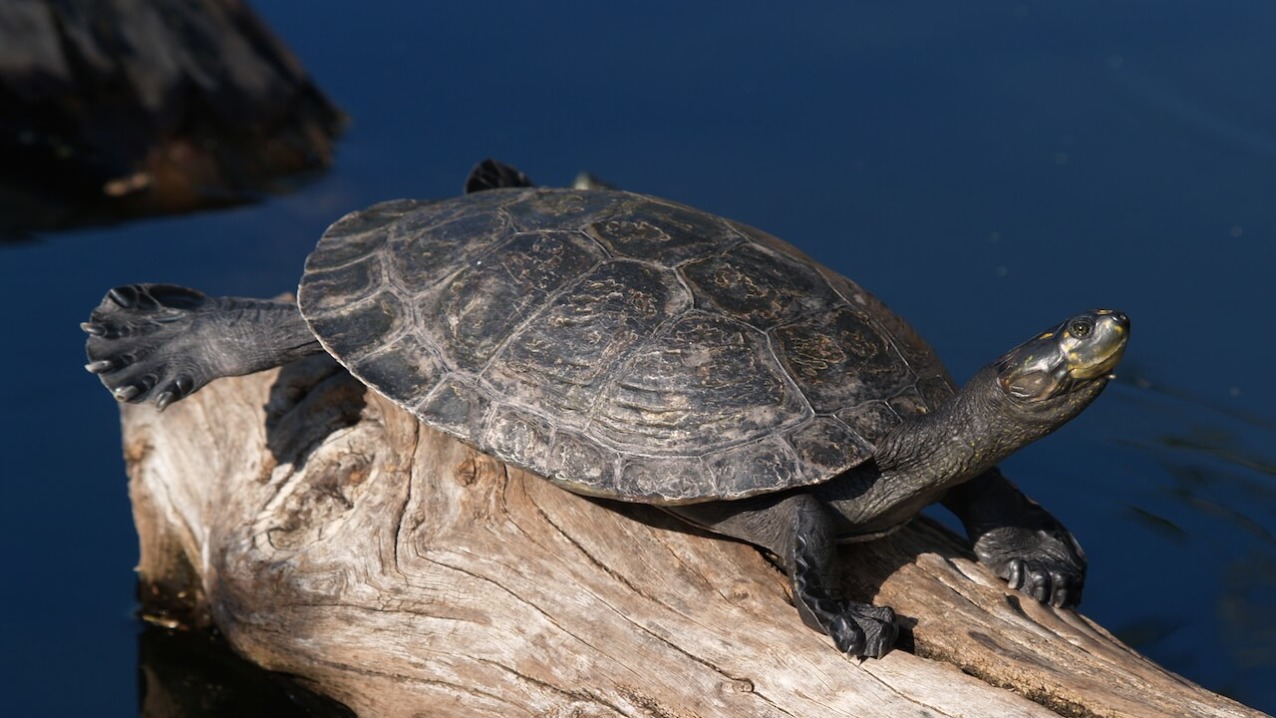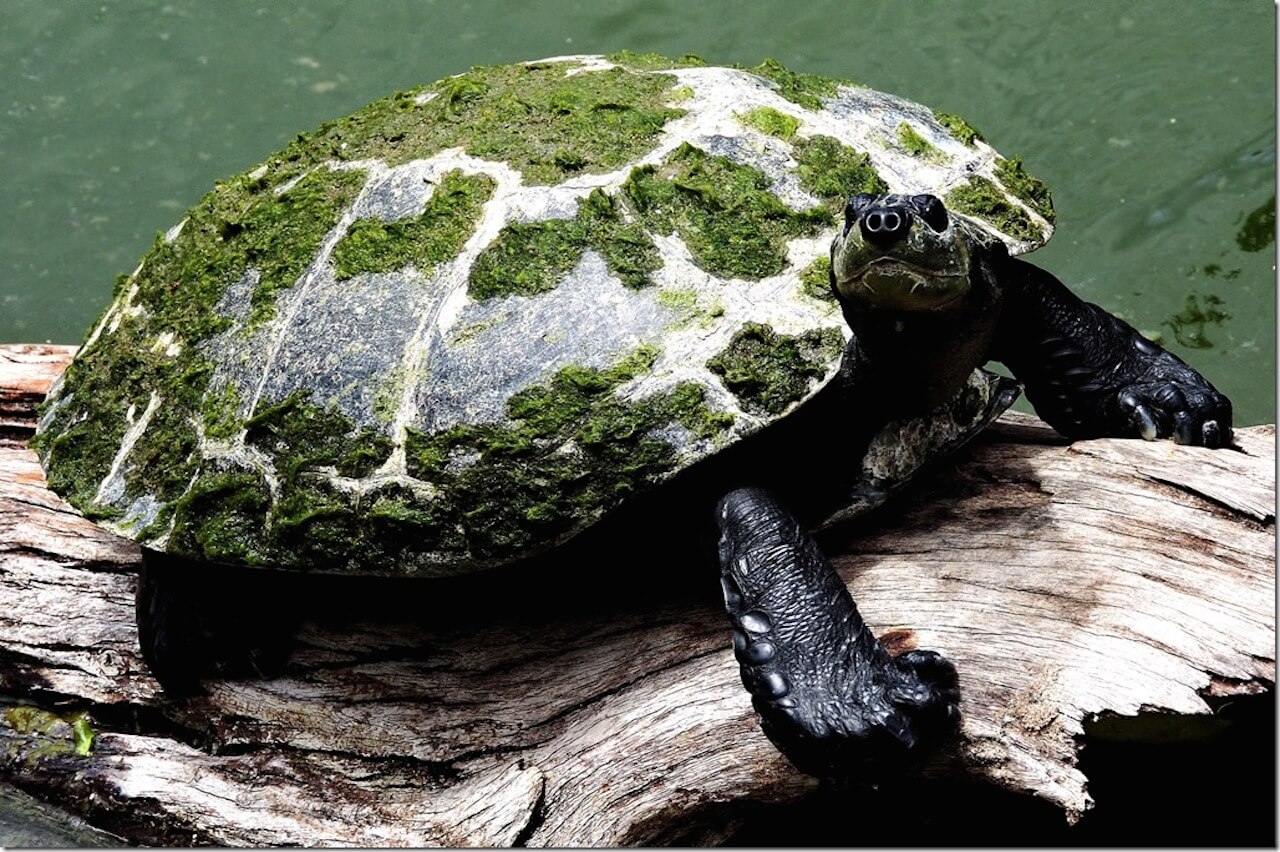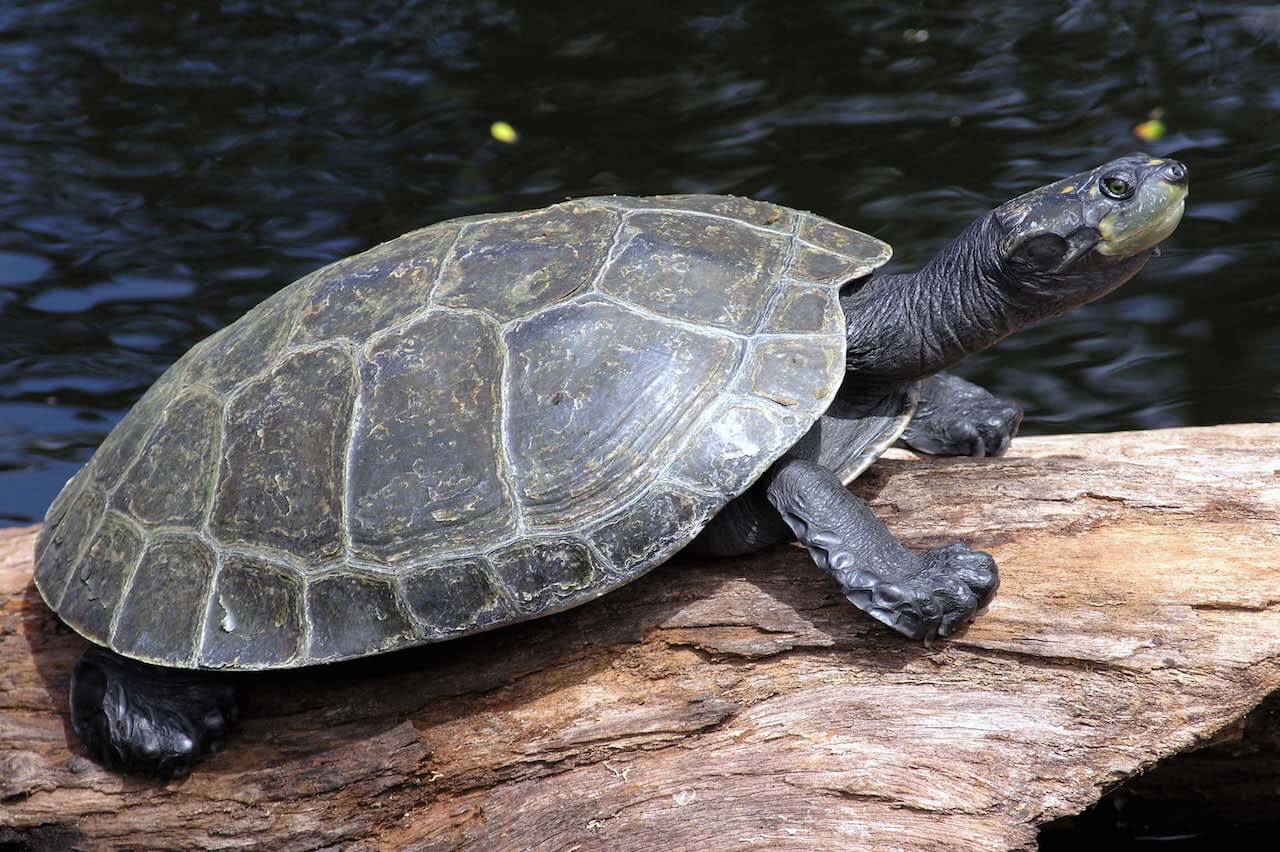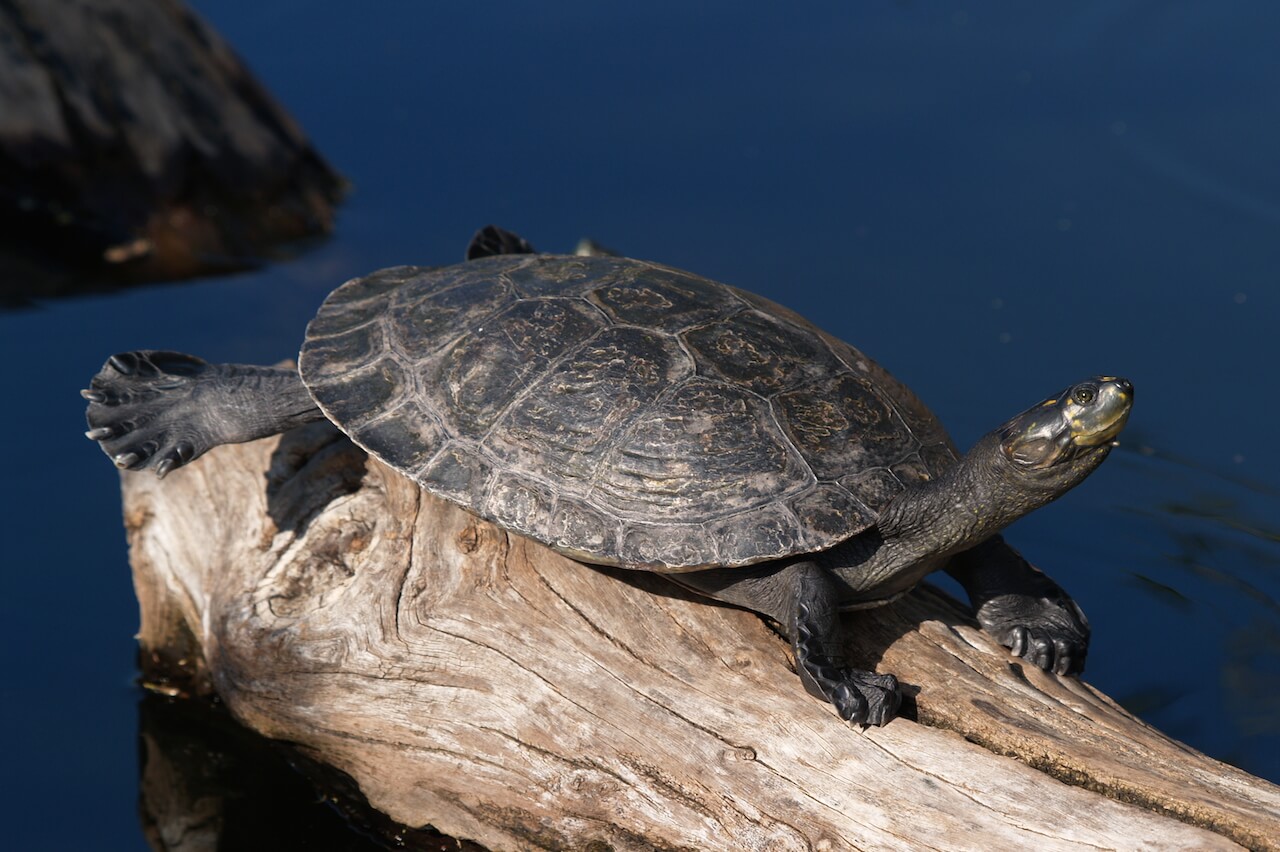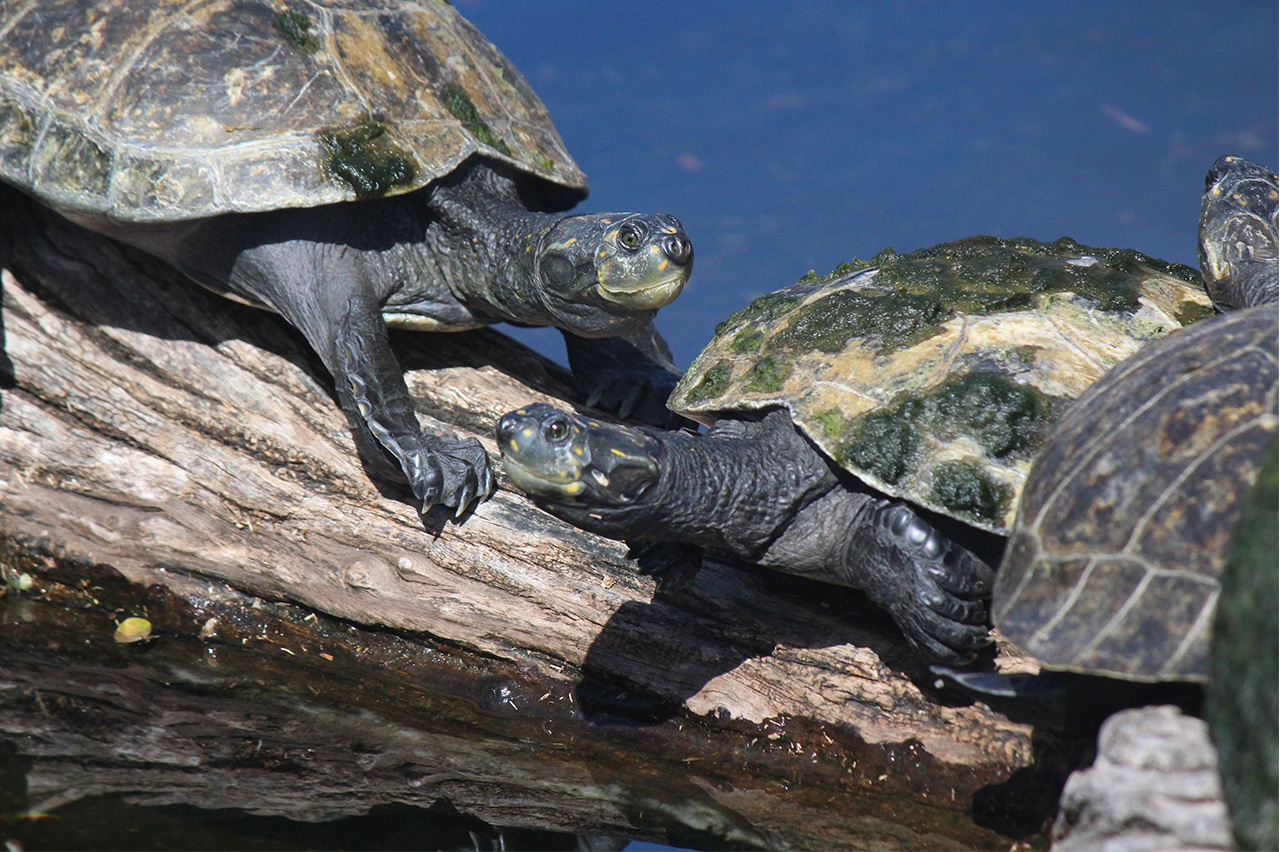podocnemis unifilis
Yellow-Spotted Amazon Turtle
About Me
Scientific Name: Podocnemis unifilis
Description
The Yellow-spotted Amazon turtle grows to a length of 12 to17 1/2 inches. The carapace (upper shell) is dark brown to black, and has a distinct keel (prominent ridge) on the second and third vertebral scutes. The front legs have five claws and the hind legs are webbed with four claws. The head is dominated by paired frontal scales, which meet along a distinct groove between the eyes.
Fun Facts
- The front legs have five claws and the hind legs are webbed with four claws. The head is dominated by paired frontal scales, which meet along a distinct groove between the eyes.
- Females congregate on and near the beach during the nesting season for several days to bask. Males also congregate, but do not usually bask.
- Kingdom: Animalia
- Phylum: Chordata
- Class: Reptilia
- Order: Testudines
The Yellow-spotted Amazon turtle, Podocnemis unifilis, grows to a length of 12 to 17 1/2 inches. The carapace (upper shell) is dark brown to black, and has a distinct keel (prominent ridge) on the second and third vertebral scutes. The front legs have five claws and the hind legs are webbed with four claws. The head is dominated by paired frontal scales, which meet along a distinct groove between the eyes.
Turtles of this genus have two or three barbels (an elongated sensory projection) under the chin. The Yellow-spotted Amazon has only one, hence the name unifilis.
Juveniles have greenish irises and black heads spotted with bright yellow. Adult females have grayish skin, black irises, and they lose most of their yellow head spots. Their carapace is dark brown, often with a dark median streak. Adult males are smaller than females. They retain their yellow head spots, have a longer thicker tail, grayish skin, and greenish irises.
Yellow-spotted amazons are found in Northern South America, Venezuela and Surinam to northern Brazil; mainly in Amazon and Orinoco river drainages, in large rivers, backwaters, lagoons, and flooded forests. They usually inhabit rivers only during mating season. At other times they live in lagoons and backwaters.
These turtles are herbivorous, feeding on aquatic vegetation and fruits of waterside plants. They open their mouths at the water surface filling it with fine particulate surface food. Then it closes its mouth, filtering water through its nostrils and jaw.
Females congregate on and near the beach during the nesting season for several days to bask. Males also congregate, but do not usually bask.
A relatively shallow nest, 6-10 inches, is dug in a variety of substrates, preferably on sandy beaches. 14 to 49 elongated, hard-shelled eggs are laid, approximately 1-3/4 x 1-1/4 inches. The nest is filled, then stamped flat with an open foot and loosely swept over. Two clutches may be laid per season.
Incubation is 75 to 90 days, averaging 84. The shell is first ruptured at approximately 64 days. The young remain in the shell several days until the yolk sac is completely absorbed. They gather at the top of the nest chamber and emerge after another two weeks, at night and usually after rain.
Other Reptiles
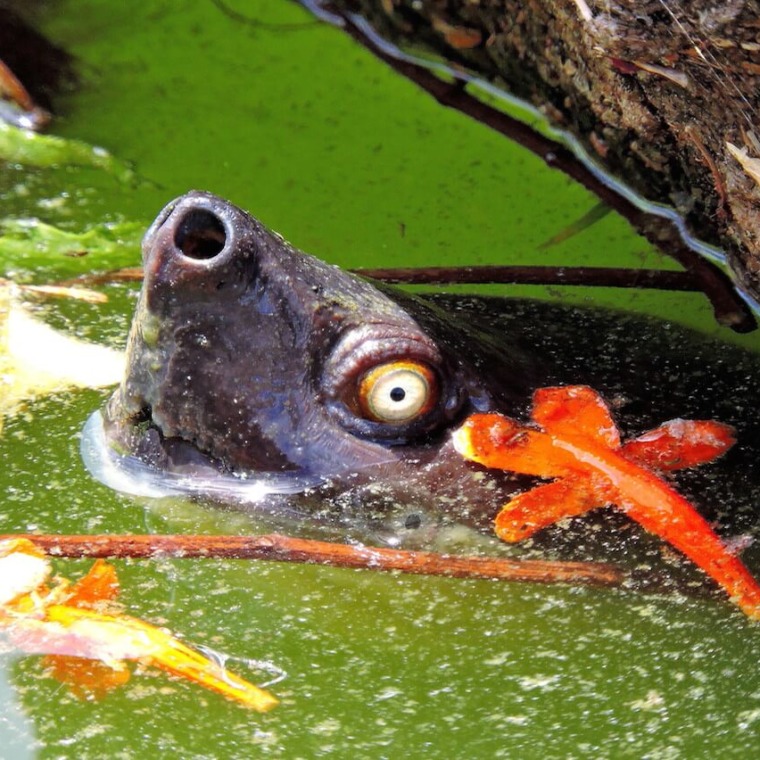
The last populations of Tutong are found in India, Indonesia, Bangaladesh, and Malaysia. It is extinct in its former range of Thailand, Myanmar, Vietnam, and Singapore.
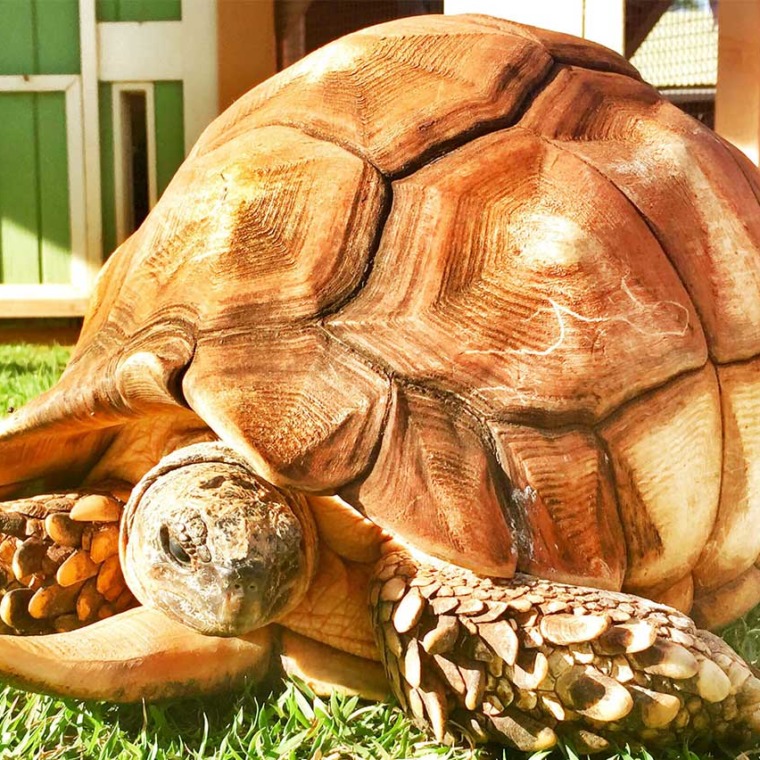
Inactive during cool, dry season (May to October). Does not dig burrows. Seeks protection in thickets and seeks shelter in surface litter. Forages during morning and late afternoon.
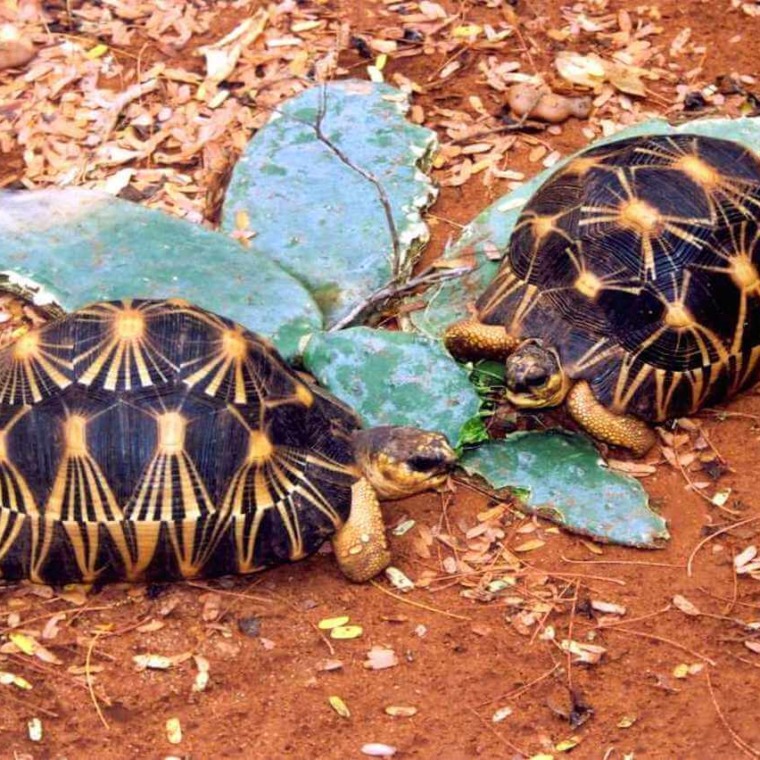
In the wild, this reptile is relegated to the extreme south and south-western portions of Madagascar. In recent times, they have also been introduced to the nearby island of Reunion.
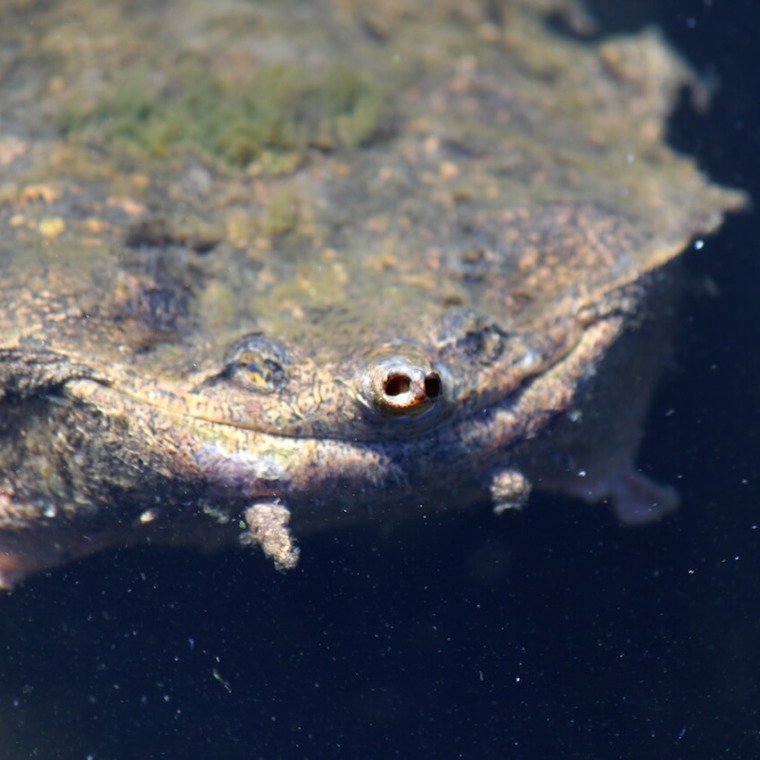
This species inhabits stagnant pools in Brazil and the Guianas and also in parts of the Amazon River and in Trinidad.
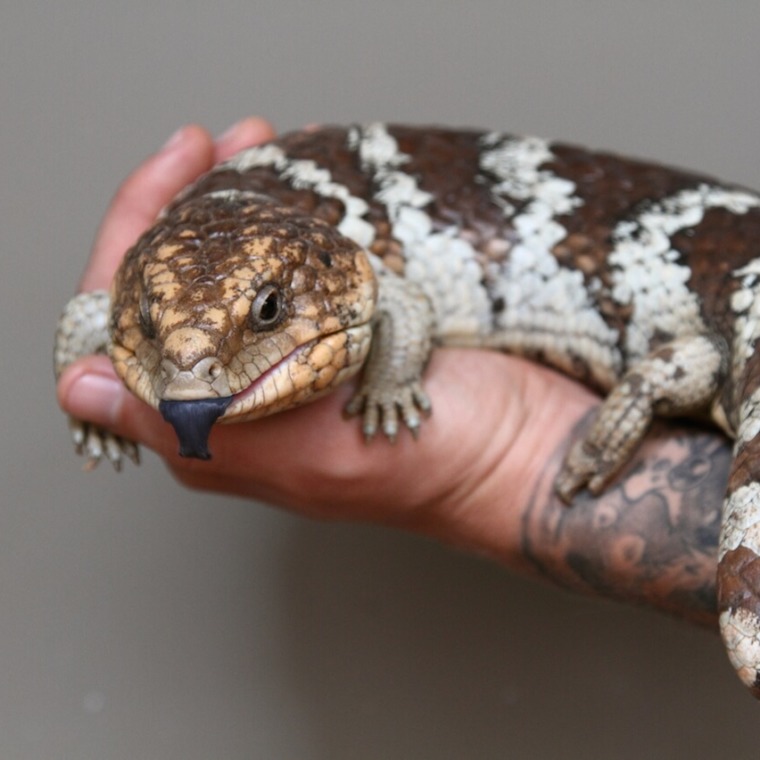
The Shingleback skink is found in southern and western Australia, in desert grassland areas or sandy dunes. Skinks are shy and secretive and seldom stray far from their shelter.


